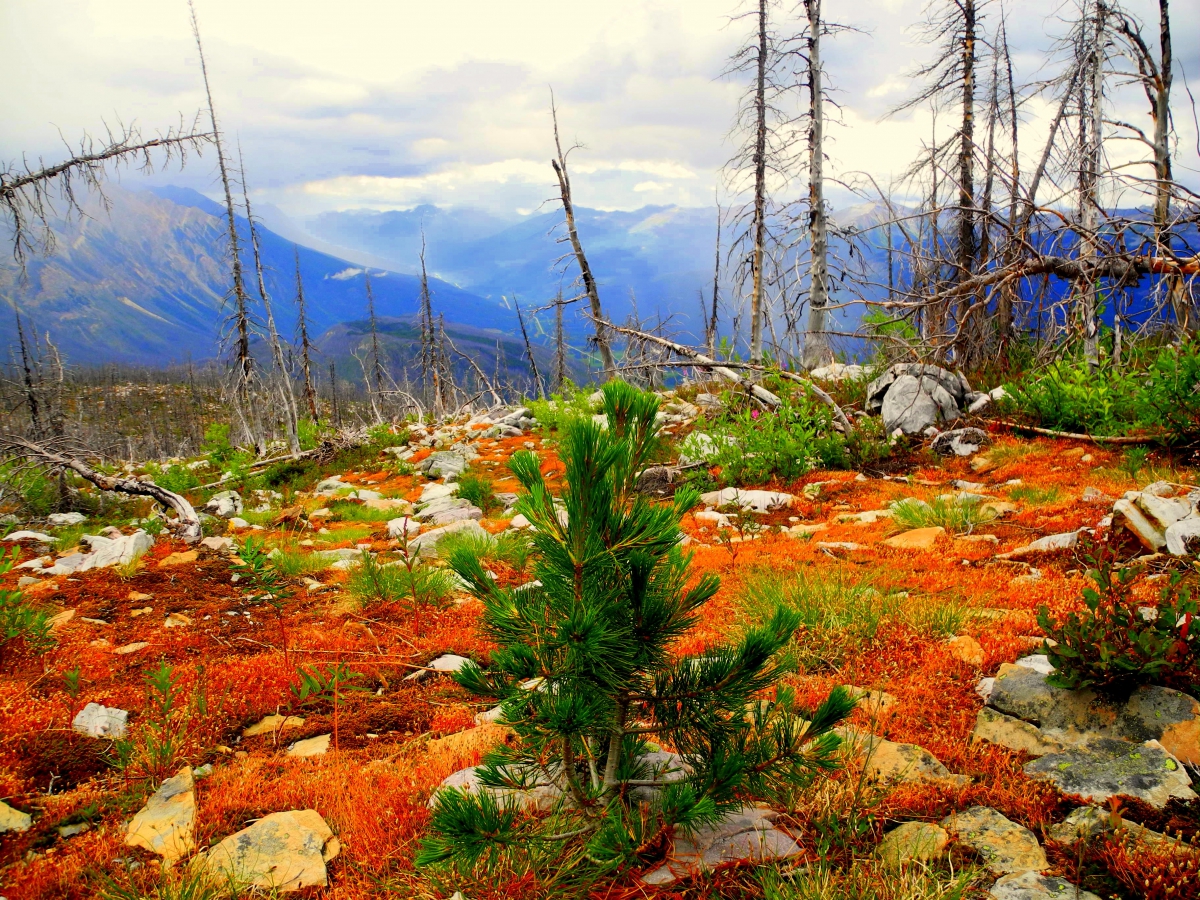Whitebark Pine Restoration
Whitebark pine is a long-lived tree species that is found in mountainous regions of British Columbia, Alberta, and western United States. Approximately three quarters of the whitebark pine trees in Canada are found in B.C., from the B.C.-USA border in the south, north to Takla Lake. Whitebark pi ne was designated endangered on the Species at Risk Act in 2012 due to the combined effects of white pine blister rust fungus, mountain pine beetle, and forest fires.
ne was designated endangered on the Species at Risk Act in 2012 due to the combined effects of white pine blister rust fungus, mountain pine beetle, and forest fires.
Whitebark pine is important because it is the foundation of diverse high elevation and sub-alpine ecosystems. The root systems of these trees serve to stabilize snow, moisture, and soil, and its large nutritious seeds feed a variety of bird and mammal species including Clark’s nutcrackers, red squirrels, and bears.
The greatest threat to the survival of whitebark pine is white pine blister rust. This non-native fungal infection spreads from needles to branches and then to the main stem of the tree, cutting off nutrients to the cone producing branches and preventing reproduction. Most of the trees infected by the blister rust eventually die, but a few survive. The surviving trees may have a natural resistance to the rust infection.
To combat the combined threats to whitebark pine, BC Parks, the Ministry of Forests, Lands, Natural Resource Operations and Rural Development (FLNRORD), and Parks Canada have implemented recovery actions that are critical to maintaining populations of this tree species. The recovery actions include monitoring tree health in stands of whitebark pine, collecting seeds and testing for resistance to white pine blister rust, planting seedlings that may be white pine blister rust resistant, managing mountain pine beetle infestations, and working with industries to target infected whitebark pine stands and re-plant with seedlings that may be resistant to the disease.
Since 2012 staff from BC Parks, FLNRORD, and Parks Canada have been collecting cones from whitebark pine trees both in parks and around the province. In 2018 1.5 million seeds were collected from trees that appear to be white pine blister rust resistant. Some of the collected seed will be used to test for rust resistance while others will be grown into seedlings that will be planted throughout the province. Such research projects contribute to our understanding of the species’ ability to adapt to or resist this infection.
In the coming years B.C. will continue to work towards conserving whitebark pine trees in the province. Whitebark pine rust resistance research will continue, and B.C. will work with partners in Alberta and the USA collecting seeds and tree cuttings, and conducting research to ensure many rust resistant seedlings are planted successfully throughout our province and throughout the North American range.
